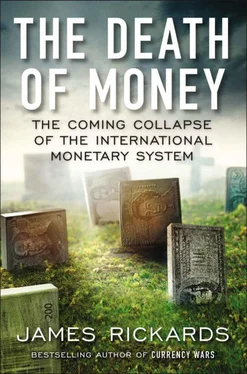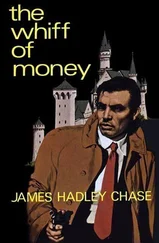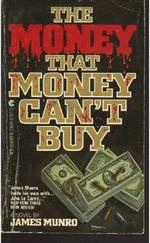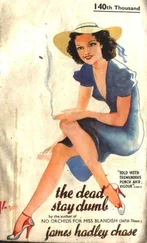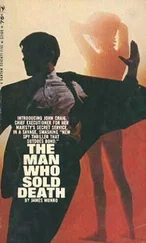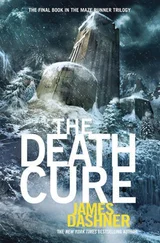As it was, the day came and went, and the day after that, and there was no news of any terrorist threat. The signal started to look like a false positive.
On the third day after the signal, Thursday, August 10, I was writing in my library at two a.m., not an unusual hour for me to work. A small television on a bookshelf a few feet from my desk was tuned to CNN with the sound muted. I glanced over and noticed a breaking news scroll across the bottom of the screen, together with images of London bobbies taking suspects into detention and exiting buildings with boxes of documents and computers. The scroll said that a terrorist plot to blow up airplanes was being taken down by New Scotland Yard.
I quickly turned up the sound to take in the few details that were available. It was daylight in London, and the takedown of the planes operation had been proceeding for some time and was now being widely reported. It became apparent that the plot involved transatlantic airlines flying from London to the United States and targeted those with the most American citizens likely to be aboard. American Airlines was a prime target, although apparently a large number of planes had been threatened.
I knew Chris was a night owl like me, and despite the hour, I called her at home. She was awake. “Chris,” I quickly said, “turn on your TV—you won’t believe what’s going on.” She did and grasped the significance immediately. A terrorist plot to bomb American Airlines was being broken up less than seventy-two hours after we had detected the insider trading on AMR shares. Making it all the more spooky, we realized that the plot was unfolding in exactly the time frame that our behavioral modeling had estimated.
Of course, our signal had had nothing to do with foiling the plot. British intelligence agencies MI5 and MI6, with help from the CIA and the ISI, the Pakistani intelligence service, had had the plot under surveillance for months. President Bush was briefed on the plot at his ranch in Crawford, Texas, on August 5. On August 9 the plot mastermind, Rashid Rauf, was arrested in Pakistan. Rauf escaped prison in 2007 and was believed killed in a 2008 CIA drone attack, although reports of his death are disputed by some to this day.
The terrorists sent an encrypted “go” signal to commence the operation on August 6. This message was intercepted by MI6 and relayed to Eliza Manningham-Buller, the head of MI5. It was this go signal that led MI5 and New Scotland Yard to commence the arrests we watched on CNN on August 10.
Just as Chris and I did not know of plot details in advance, the plotters did not know they were about to be arrested. Instead, one of the terrorist associates in the London social network woke up on Monday, August 7, and started the trading in American Airlines that snowballed into the highly unusual pattern that had triggered the red light on our threat board. Someone had been betting on a sure thing, exactly as our behavioral modeling had predicted.
The fact that our signal engine had generated a warning, loud and clear and ahead of the U.K. planes plot, soon attracted attention from the highest levels of the U.S. intelligence community. On February 2, 2007, I received an e-mail from Randy Tauss saying the CIA’s executive director, Mike Morell, wanted to see Chris and me to discuss the signal engine and the status of MARKINT. The meeting would take place on February 14, which gave us time to prepare the briefing.
Morell had been with the CIA since 1980 and had a storied career. He was most famous for having been at George Bush’s side during 9/11 as the president hopped around the country in Air Force One while Dick Cheney, George Tenet, and others manned the command centers in Washington and Langley. Morell was also with President Obama in May 2011 monitoring the operation that killed Osama bin Laden. He twice served as acting director of Central Intelligence, including a stint after the abrupt resignation of David Petraeus in 2012, before retiring from the agency in 2013.
At the time of our meeting in 2007, Morell reported to Director Michael Hayden. Other senior intelligence officials had been invited to join our MARKINT briefing in Morell’s office. This would be the highest-ranking audience the project had ever received.
Randy’s e-mail also noted that someone from the CIA general counsel’s office would attend. There was no doubt that our project had legal issues, including privacy concerns, and full implementation would require coordination with the FBI, since the CIA was not a domestic law enforcement agency. We had spent an enormous amount of time on these issues and knew how sensitive they were. Still, it was not obvious why Morell wanted his lawyers on hand for a preliminary briefing on a new counterterrorist system.
Morell’s office was capacious by CIA standards, with bright windows, a large desk near the back wall, and a meeting table just inside the door. A ubiquitous feature of Washington offices is framed photographs of the occupant together with powerful figures. Morell had his, but these were different. Instead of the typical two-shot taken at a name-tag event, Morell had large, somber black-and-white photos of himself in the Oval Office with the president leaning over documents in intense discussion, possibly taken during the President’s Daily Brief, in which the most sensitive and highly classified information in the world is imparted. If these were meant to impress the visitor, they worked.
Chris, Randy, and I took our seats at the meeting table. The other senior officials were already there, and Morell got up from his desk to join the group. The atmosphere was cordial but businesslike, even intense. Chris and Randy briefed the group on the history of Project Prophesy and the signal engine capabilities. As the only lawyer on the MARKINT team, my job was to summarize the legal authority for our efforts and the privacy safeguards in place.
A few minutes into my presentation, the agency’s counsel interrupted and said, “Look, we’re concerned about what you guys are doing. You’re going through trading records and making referrals to the SEC. CIA is not a law enforcement agency. We’re not comfortable with that.”
I countered that we did not use individual trading records but relied entirely on open-source market price feeds available to everyone; I told them it was not much different than watching TV. As for the SEC referrals, I said we were just being responsible citizens and could stop completely if the agency wanted. The SEC was building similar systems of its own and would not depend on us in the future anyway. Counsel’s concerns seemed like red herrings.
Then Morell leaned forward. “What we’re concerned about here is perception,” he said. “You guys may be doing everything right, but The New York Times could spin this as ‘CIA trolls through Americans’ 401(k)’s.’ That is not a risk we should take right now.”
Morell’s concern was far from imaginary. The New York Times had already compromised national security by revealing intelligence community access to banking transactions in the SWIFT payments system in Belgium. SWIFT is the nerve center of international banking and had been a rich source of information about terrorist finance. The Times story had sent terrorist financiers underground to word-of-mouth networks called hawala and phony front companies.
The CIA was also in the midst of a news frenzy about enhanced interrogation techniques such as waterboarding. The last thing it needed was another media black eye, even if our program was effective and legal.
In fact, Morell’s instincts proved prophetic. On November 14, 2013, The Wall Street Journal actually did run a headline that said “CIA’s Financial Spying Bags Data on Americans.” But coming as it did in the midst of a wave of similar revelations by defector Edward Snowden, this disclosure went almost unnoticed.
Читать дальше
